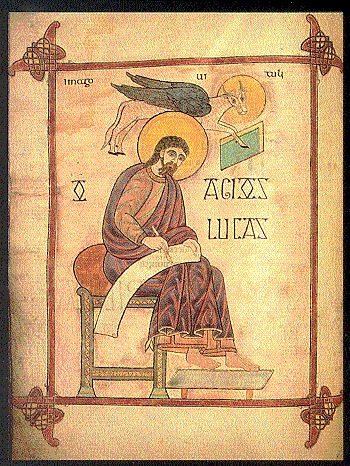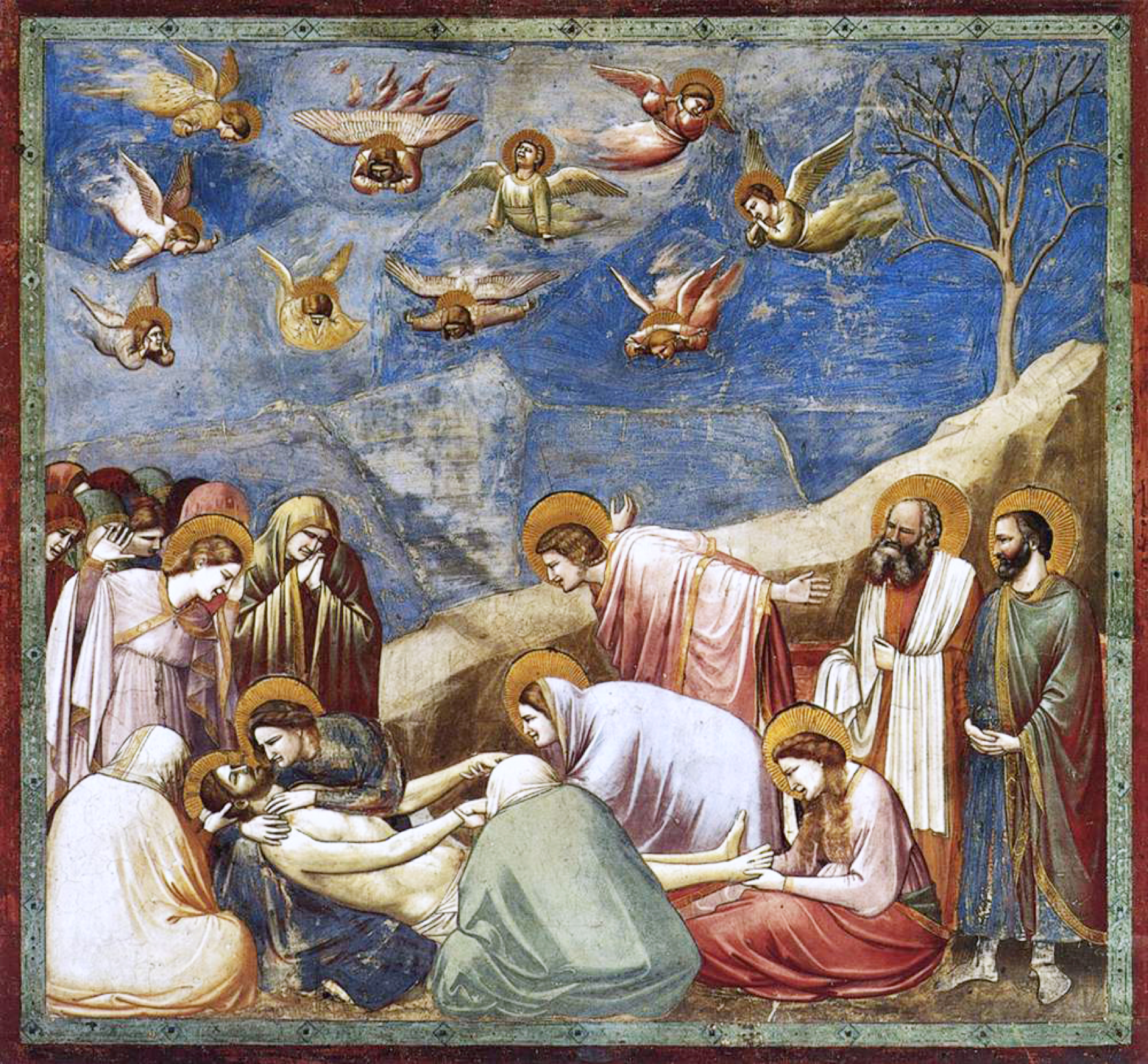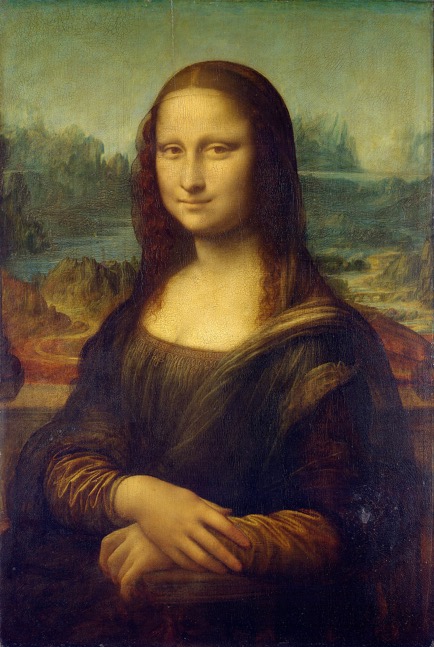1: Introduction
- Page ID
- 122815
\( \newcommand{\vecs}[1]{\overset { \scriptstyle \rightharpoonup} {\mathbf{#1}} } \)
\( \newcommand{\vecd}[1]{\overset{-\!-\!\rightharpoonup}{\vphantom{a}\smash {#1}}} \)
\( \newcommand{\id}{\mathrm{id}}\) \( \newcommand{\Span}{\mathrm{span}}\)
( \newcommand{\kernel}{\mathrm{null}\,}\) \( \newcommand{\range}{\mathrm{range}\,}\)
\( \newcommand{\RealPart}{\mathrm{Re}}\) \( \newcommand{\ImaginaryPart}{\mathrm{Im}}\)
\( \newcommand{\Argument}{\mathrm{Arg}}\) \( \newcommand{\norm}[1]{\| #1 \|}\)
\( \newcommand{\inner}[2]{\langle #1, #2 \rangle}\)
\( \newcommand{\Span}{\mathrm{span}}\)
\( \newcommand{\id}{\mathrm{id}}\)
\( \newcommand{\Span}{\mathrm{span}}\)
\( \newcommand{\kernel}{\mathrm{null}\,}\)
\( \newcommand{\range}{\mathrm{range}\,}\)
\( \newcommand{\RealPart}{\mathrm{Re}}\)
\( \newcommand{\ImaginaryPart}{\mathrm{Im}}\)
\( \newcommand{\Argument}{\mathrm{Arg}}\)
\( \newcommand{\norm}[1]{\| #1 \|}\)
\( \newcommand{\inner}[2]{\langle #1, #2 \rangle}\)
\( \newcommand{\Span}{\mathrm{span}}\) \( \newcommand{\AA}{\unicode[.8,0]{x212B}}\)
\( \newcommand{\vectorA}[1]{\vec{#1}} % arrow\)
\( \newcommand{\vectorAt}[1]{\vec{\text{#1}}} % arrow\)
\( \newcommand{\vectorB}[1]{\overset { \scriptstyle \rightharpoonup} {\mathbf{#1}} } \)
\( \newcommand{\vectorC}[1]{\textbf{#1}} \)
\( \newcommand{\vectorD}[1]{\overrightarrow{#1}} \)
\( \newcommand{\vectorDt}[1]{\overrightarrow{\text{#1}}} \)
\( \newcommand{\vectE}[1]{\overset{-\!-\!\rightharpoonup}{\vphantom{a}\smash{\mathbf {#1}}}} \)
\( \newcommand{\vecs}[1]{\overset { \scriptstyle \rightharpoonup} {\mathbf{#1}} } \)
\( \newcommand{\vecd}[1]{\overset{-\!-\!\rightharpoonup}{\vphantom{a}\smash {#1}}} \)
\(\newcommand{\avec}{\mathbf a}\) \(\newcommand{\bvec}{\mathbf b}\) \(\newcommand{\cvec}{\mathbf c}\) \(\newcommand{\dvec}{\mathbf d}\) \(\newcommand{\dtil}{\widetilde{\mathbf d}}\) \(\newcommand{\evec}{\mathbf e}\) \(\newcommand{\fvec}{\mathbf f}\) \(\newcommand{\nvec}{\mathbf n}\) \(\newcommand{\pvec}{\mathbf p}\) \(\newcommand{\qvec}{\mathbf q}\) \(\newcommand{\svec}{\mathbf s}\) \(\newcommand{\tvec}{\mathbf t}\) \(\newcommand{\uvec}{\mathbf u}\) \(\newcommand{\vvec}{\mathbf v}\) \(\newcommand{\wvec}{\mathbf w}\) \(\newcommand{\xvec}{\mathbf x}\) \(\newcommand{\yvec}{\mathbf y}\) \(\newcommand{\zvec}{\mathbf z}\) \(\newcommand{\rvec}{\mathbf r}\) \(\newcommand{\mvec}{\mathbf m}\) \(\newcommand{\zerovec}{\mathbf 0}\) \(\newcommand{\onevec}{\mathbf 1}\) \(\newcommand{\real}{\mathbb R}\) \(\newcommand{\twovec}[2]{\left[\begin{array}{r}#1 \\ #2 \end{array}\right]}\) \(\newcommand{\ctwovec}[2]{\left[\begin{array}{c}#1 \\ #2 \end{array}\right]}\) \(\newcommand{\threevec}[3]{\left[\begin{array}{r}#1 \\ #2 \\ #3 \end{array}\right]}\) \(\newcommand{\cthreevec}[3]{\left[\begin{array}{c}#1 \\ #2 \\ #3 \end{array}\right]}\) \(\newcommand{\fourvec}[4]{\left[\begin{array}{r}#1 \\ #2 \\ #3 \\ #4 \end{array}\right]}\) \(\newcommand{\cfourvec}[4]{\left[\begin{array}{c}#1 \\ #2 \\ #3 \\ #4 \end{array}\right]}\) \(\newcommand{\fivevec}[5]{\left[\begin{array}{r}#1 \\ #2 \\ #3 \\ #4 \\ #5 \\ \end{array}\right]}\) \(\newcommand{\cfivevec}[5]{\left[\begin{array}{c}#1 \\ #2 \\ #3 \\ #4 \\ #5 \\ \end{array}\right]}\) \(\newcommand{\mattwo}[4]{\left[\begin{array}{rr}#1 \amp #2 \\ #3 \amp #4 \\ \end{array}\right]}\) \(\newcommand{\laspan}[1]{\text{Span}\{#1\}}\) \(\newcommand{\bcal}{\cal B}\) \(\newcommand{\ccal}{\cal C}\) \(\newcommand{\scal}{\cal S}\) \(\newcommand{\wcal}{\cal W}\) \(\newcommand{\ecal}{\cal E}\) \(\newcommand{\coords}[2]{\left\{#1\right\}_{#2}}\) \(\newcommand{\gray}[1]{\color{gray}{#1}}\) \(\newcommand{\lgray}[1]{\color{lightgray}{#1}}\) \(\newcommand{\rank}{\operatorname{rank}}\) \(\newcommand{\row}{\text{Row}}\) \(\newcommand{\col}{\text{Col}}\) \(\renewcommand{\row}{\text{Row}}\) \(\newcommand{\nul}{\text{Nul}}\) \(\newcommand{\var}{\text{Var}}\) \(\newcommand{\corr}{\text{corr}}\) \(\newcommand{\len}[1]{\left|#1\right|}\) \(\newcommand{\bbar}{\overline{\bvec}}\) \(\newcommand{\bhat}{\widehat{\bvec}}\) \(\newcommand{\bperp}{\bvec^\perp}\) \(\newcommand{\xhat}{\widehat{\xvec}}\) \(\newcommand{\vhat}{\widehat{\vvec}}\) \(\newcommand{\uhat}{\widehat{\uvec}}\) \(\newcommand{\what}{\widehat{\wvec}}\) \(\newcommand{\Sighat}{\widehat{\Sigma}}\) \(\newcommand{\lt}{<}\) \(\newcommand{\gt}{>}\) \(\newcommand{\amp}{&}\) \(\definecolor{fillinmathshade}{gray}{0.9}\)This foundational level hands-on course introduces the theoretical application of the elements and principles of two-dimensional design and the practical applications of color theory. Exercises in visual thinking and the use of traditional principles of composition and two-dimensional media are emphasized through sequential, skill building projects. The studio art major will gain insight into painting composition and an objective approach to color for the creation of subjective art. Graphic Design majors will learn the most sophisticated approach to organizing space and incorporating color both for web and print applications. Media X students will learn design principles applicable to film, animation, game design, and concept design. General Education students will be exposed to broad visual concepts and theory with many applications including science, business, and marketing.
What is 2D Design?
Two-dimensional design is the use of art elements and principles of design in the creation of visuals on a two-dimensional surface. Typical media used to create two-dimensional visuals include drawing, painting, printmaking, digital media, collage, photography, moving images (film, animation, video games) and bas-relief sculpture. Applications of 2D design include fine art, applied art (graphic design, illustration), and the gaming and film/animation industries. two-dimensional design is one of the pillars of visual art and a foundational course for art students.
Historical Perspective
The earliest surviving two-dimensional art is found in the caves of Lascaux, Altamira, and Chauvet. These caves are located in France, Spain and Indonesia:
https://www.smithsonianmag.com/history/journey-oldest-cave-paintings-world-180957685/
Historians believe that the images were produced without regard to composition. They were often drawn right over earlier cave paintings. So, although this work is of historical significance in the history of visual art, we move ahead past prehistoric times to the establishment of ancient civilizations. In western art, the first ancient civilizations with significant 2D images are ancient Sumer and Egypt. When we look at the art created during this period, and the city states that created it, we make several observations. Much of the 2D visuals are arranged in a series of horizontal bands. These horizontal rows are called registers. They are used by both the Sumerians and Egyptians to visually communicate the power of their societies and leaders. It was art for persuasion and to communicate the power of the Sumerian kings and Egyptian pharaohs. Additionally, the Sumerians developed cuneiform - the first written language evolving from pictographs, while the Egyptians developed visual communication through hieroglyphs.
Sumerian Registers:
Cuneiform:

https://blog.britishmuseum.org/how-to-write-cuneiform/
https://www.archaeology.org/issues/213-1605/features/4326-cuneiform-the-world-s-oldest-writing
Minoan Frescoes:




Minoan frescoes and the paintings from Amarna during the reign of Akhenaten are also significant works of art that depart from the rigid formulaic works found in traditional Ancient Egypt. They are quite beautiful, full of movement and energy.
Amarna Paintings:

https://www.flickr.com/photos/gballardice/49229823363
https://www.amarnaproject.com/pages/amarna_the_place/north_palace/index.shtml
Ancient Greece and Rome
We see a continuation of horizontal bands of 2D art in both ancient Greece and Rome. The Greeks used the bas relief frieze to visually communicate heroic and mythological stories.

https://www.britishmuseum.org/collection/object/G_1816-0610-47
http://repository.parthenonfrieze.gr/frieze/aboutFrieze.jsp
The Romans also used horizontal bas relief for commemorative public monuments such as the Ara Pacis.


https://www.khanacademy.org/humanities/ancient-art-civilizations/roman/early-empire/a/ara-pacis
Also, spiral bas-relief banding is used for Trajan’s Column. We can see the evolution of the Sumerian register concept as a means to visually communicate in 2D form in western ancient civilizations and empires.


https://www.nationalgeographic.com/trajan-column/article.html
Fall of the Roman Empire
The collapse of the Roman Empire happened over a long period of time, not in a sudden military defeat. Emperor Constantine legalized Christianity which then became the state religion of the empire. The seat of power was now in ancient Byzantium, now named Constantinople after Emperor Constantine. We know it today at Istanbul, Turkey. A very culturally significant and geographically strategic city, which is home to both Muslims and Christians. Looking at the 2D art produced during this time we find monumental frescoes and mosaics in Hagia Sophia.


Middle Ages
The 2D art produced in Europe in the Middle Ages consisted of mosaics in central plan churches and the early basilicas fashioned after roman buildings. Also, the precursors of European publishing houses were the monasteries that formed in Ireland and other locations. They produced illuminated manuscripts painstakingly by hand. This is the most significant 2D work of the period. What we see is that storytelling is emphasized and there is a primitive quality to much of the illustrations since mathematical linear perspective is not in play and there are not any formal art schools in Europe at the time. Perspective will be introduced (or reintroduced) as a way of representing the 3D world accurately in 2D art by Filippo Brunelleschi during the Early Renaissance (1430s). It will not be until later in the 1400s that Lorenzo (the Magnificent) de Medici, a great patron of the arts, will establish the first art school in Florence.


The Age of Gothic
The vision of Abbott Suger with his renovation of the Chapel at Saint Denis ushered in a new era in art and architecture that bridged the artwork of the Middle Ages and the Renaissance. Suger’s renovation included stained glass windows, a more open floor plan (by removing walls), and glistening religious items within the sanctuary. He tried to create a holy space between earth and heaven.


The large, heavy churches built prior to the Gothic were built in a style termed Romanesque. This was a derogatory term meaning in the Roman tradition, while in fact, not quite as well-built. The formula for concrete used by the Romans was lost and the buildings in the Romanesque, Gothic, and Renaissance periods had to be built with wood and stone masonry. As this Gothic style replaced the Romanesque and quickly spread throughout Europe cathedrals were built with walls of stained glass, beautiful ornamentation, soaring heights by using flying buttresses and rose windows. The European cathedrals built during this era are considered the greatest artistic achievement of the Middle Ages.
2D work of note during the Gothic period are the stained-glass windows that provide artistic expression, Christian imagery and storytelling, and a glimpse into the day-today lives of the people who built them, and continued evolution of the religious books produced in the monasteries.

By the end of the Gothic era great works of 2D art were being produced in Europe. There were several styles from various regions including Northern Realism in the Netherlands and Germany, icon painting in the eastern Byzantine style in Greece, Turkey and Russia, and a quickly evolving painting style in Italy. Europe was much more stable and Christianity had survived the violent attacks by various invading tribes like the Vikings and Mongols. With stability came success for merchants, banks, tradesmen, artisans, and visual artists. Formal governments within city states like Florence (a Republic) guided these societies and provided security through small armies. The Pope and the Roman catholic church funded many projects and also intervened militarily when it was in its interest.
Painting became a way to express the beliefs of the European theocratic societies in both northern and southern Europe. The building of the Basilica of St. Francis in 1228 provided fertile ground for painters such as Cimabue, Giotto, Simone Martini, Pietro Lorenzetti, and Pietro Cavallini. The paintings they created provided inspiration to the great painters of the Renaissance. The Renaissance would be built upon the shoulders are those artists and humanists of the Gothic Period.



Renaissance and Northern Realism Painting
2D artwork in the Renaissance distances itself from earlier 2D art through the technological innovations of the age and applications of newfound techniques. Although northern artists were still painting in the Gothic style in the early 1400s, they developed the new technique of painting with oil as a medium for applying pigments. This revolutionized painting and allowed for rapid advances in creating depth, contrast, and vivid color. Jan Van Eyck painting in the Northern Realist style is an excellent example of early oil painting on a 2D surface.


About the same time that Van Eyck was painting, Filippo Brunelleschi was in Rome studying ancient Roman architecture. The Pantheon, with its double-skinned dome of poured concrete, helped him solve the problem of designing the dome of the Florence cathedral. Genius that he was, he also developed a mathematical drawing system based on the horizon line and vanishing points. This allowed for the realistic representation of 3D forms on a 2D plane. We still use this system today in drawing and painting and refer to it as linear perspective. From this point forward, trained European artists can create paintings and drawings that closely match the 3D reality we see around us with our eyes. Renaissance artists were understandably excited to create the illusion of depth in their paintings. Even Leonardo da Vinci adds a fantastical landscape backdrop to the Mona Lisa portrait.


Another Renaissance invention is the printing press. Guttenberg invented it and this led to the dissemination of knowledge and affordable art prints. It transformed the world much as the internet has in modern times. Foremost in German Renaissance art, illustration, and graphic design is Albrecht Dürer.


The 2D art commissioned by the patrons of the Renaissance, Late Renaissance, Mannerism, Baroque, Rococo, Age of Enlightenment, and Romanticism continued to develop and evolve in a rather predictable manner until some artists who challenged the status quo. These innovative artists were not always popular, or understood, in their time, but they pushed the concepts of 2D visual art forward towards modernism.
One artist created religious paintings without cherubs, angels, and clouds of heaven. His name is Michelangelo Merisi da Caravaggio, known as Caravaggio. His paintings are realistic and challenging with the viewer engaged by forms in the painting coming toward us. His use of extreme light and dark (chiaroscuro) is termed tenebrism, and the combination and realism, theatricality, drama, and lighting in his paintings ushers in the Baroque art movement. Baroque means irregular pearl, a term noting that it does not represent the desire for Renaissance balance and perfection, but moves in a new and dynamic visual direction.
.jpg?revision=1)
Another innovative painter of the Napoleon era is Jean-Auguste-Dominique Ingres. Honored with an award to study painting in Italy, he returns to Paris to paint the figure and for Napoleon. What makes him unique is his intentional distortion/exaggeration of the human form for an elevated aesthetic. Hs formal use of line and 2D design is also worth studying.
The Painting Surface as a Flat Screen
Manet considered himself a realist painter and did not wish to be included in the Impressionist group. However, his distortion of images and his flattening of forms in his painting certainly separates him from traditional realist painters. He was innovative and his 2D work moves painting along towards more modern genre.

Van Gogh

Monet
Pissarro
Braque
Picasso
Matisse
Kandinsky
Jackson Pollock
Chuck Close



